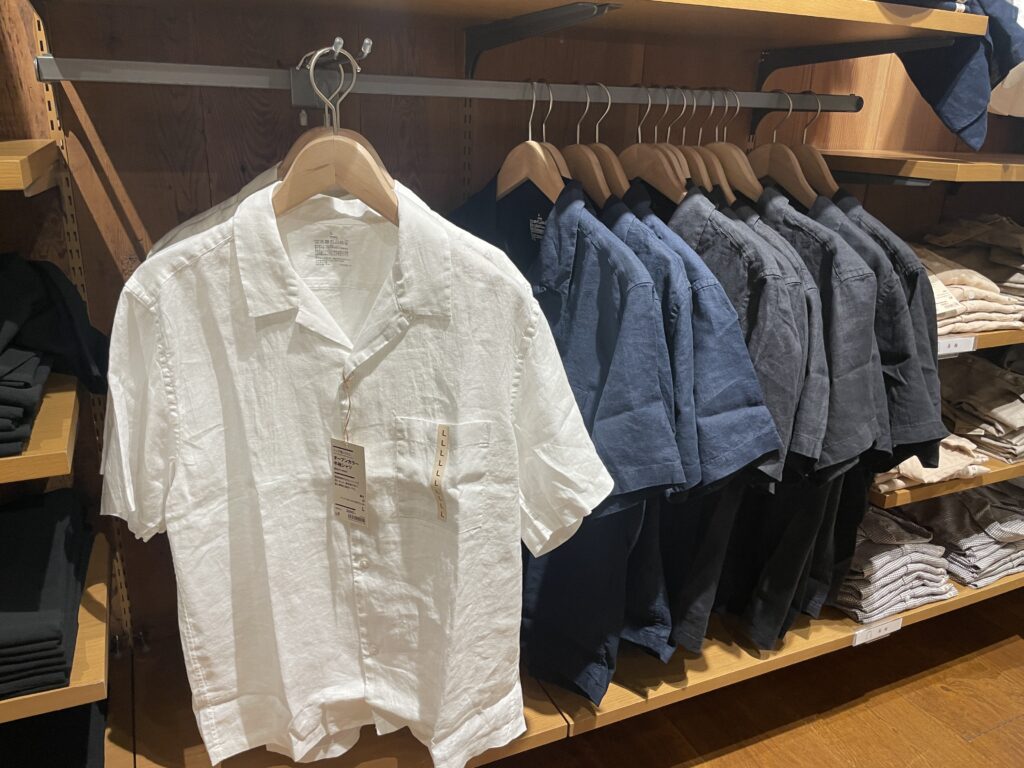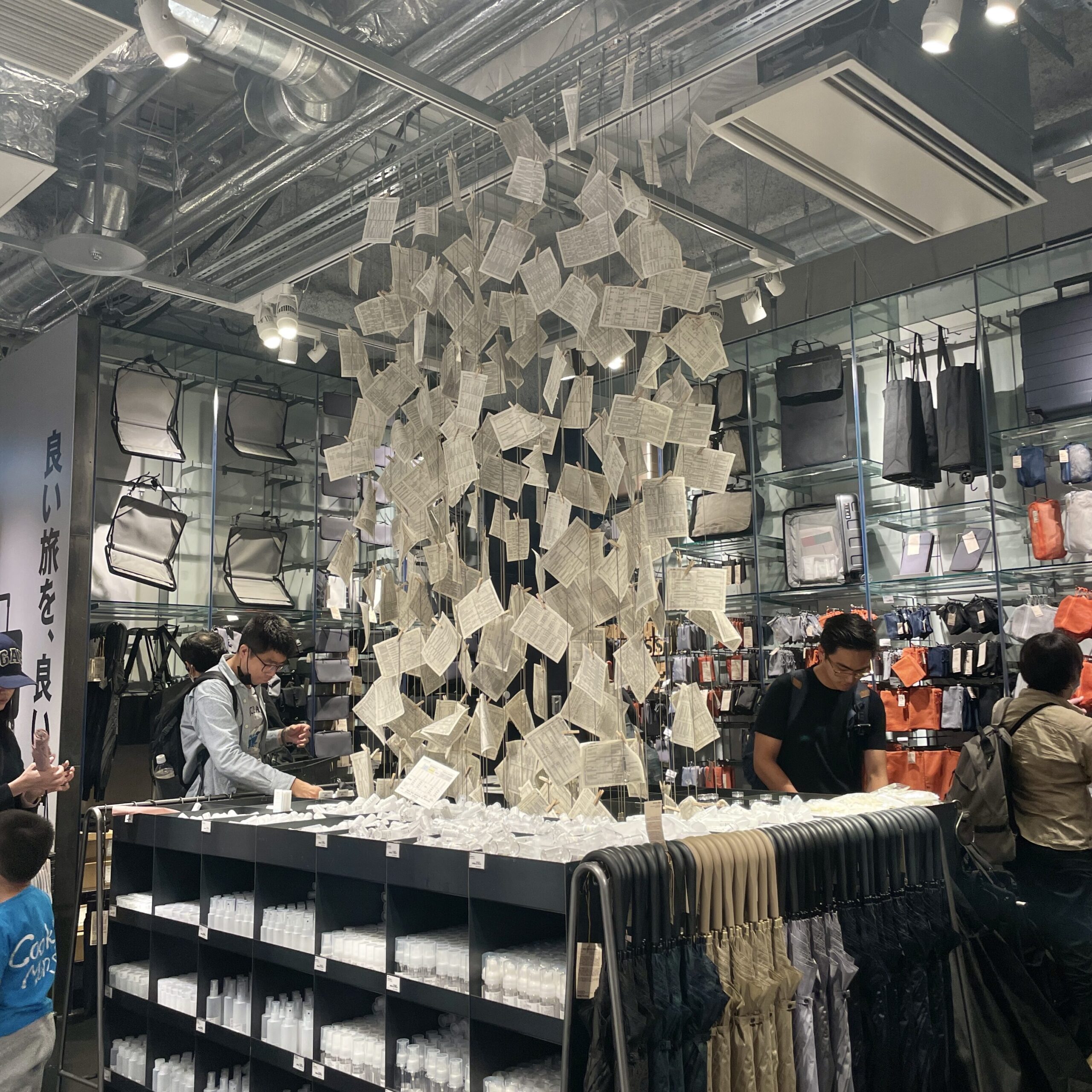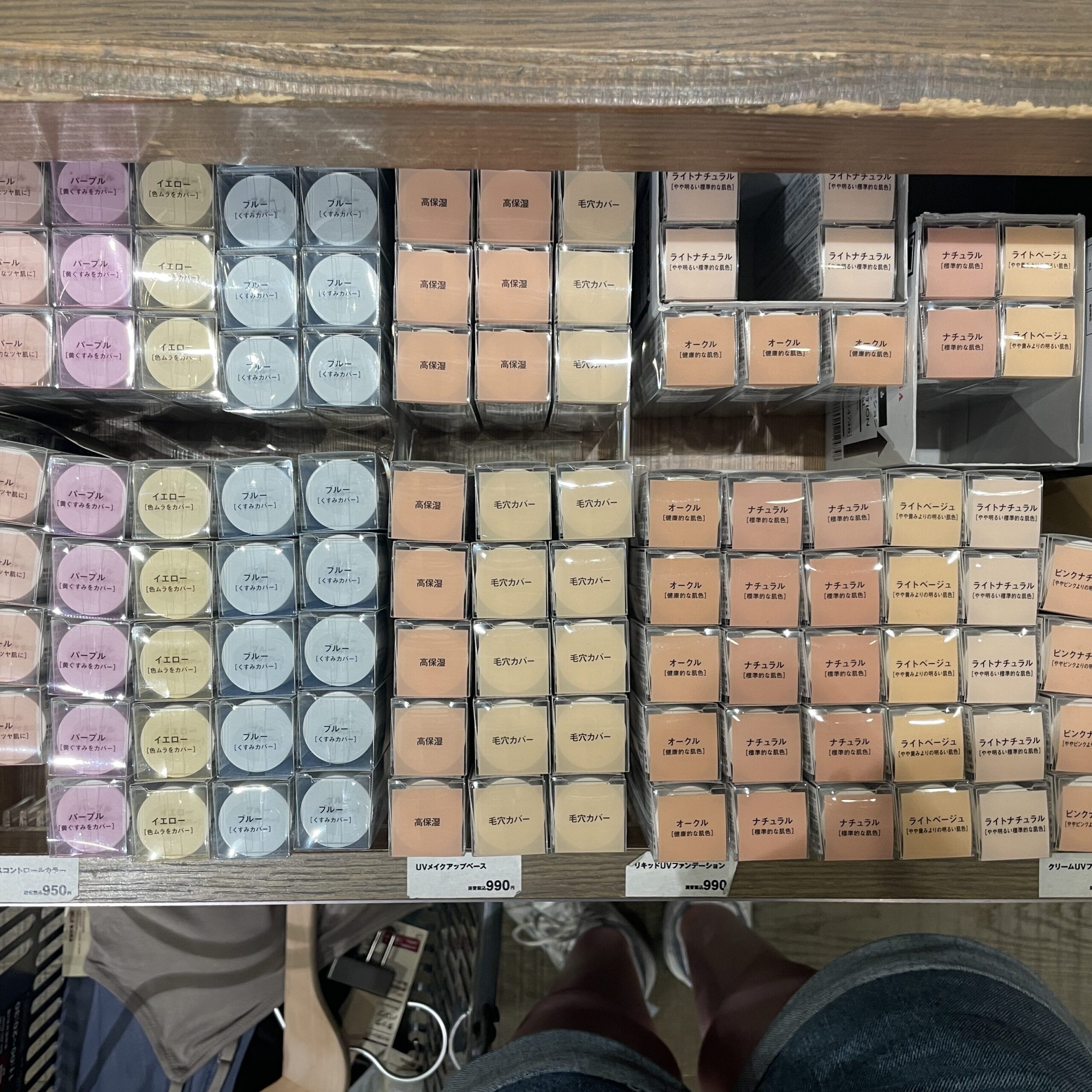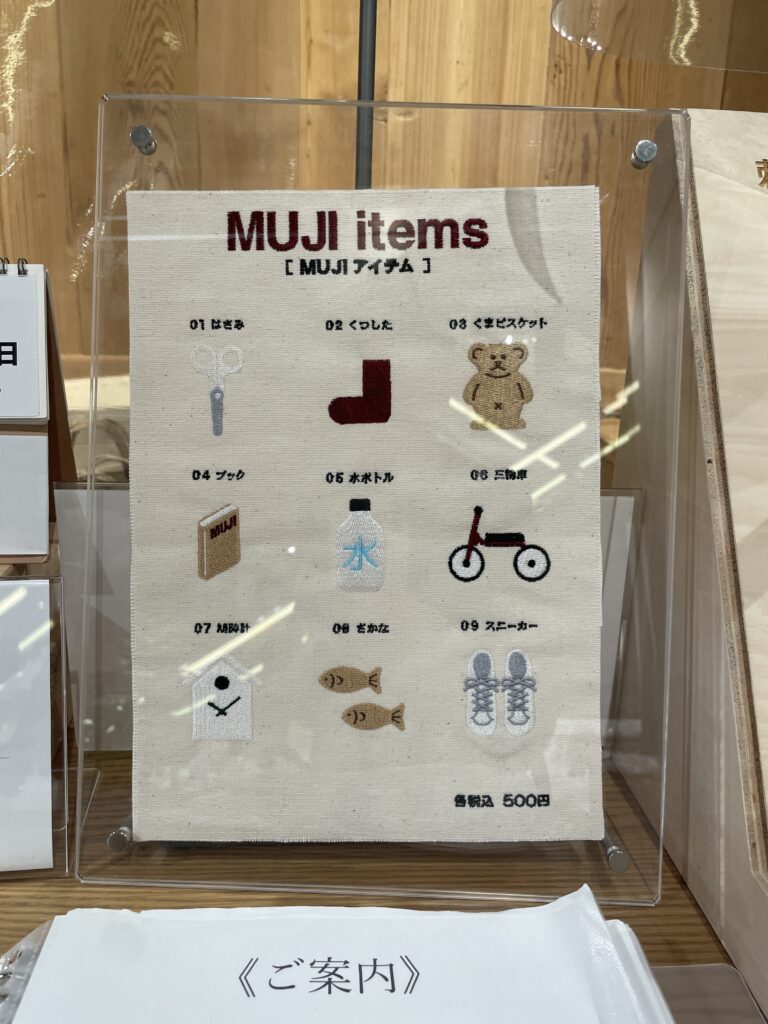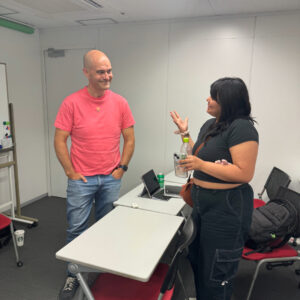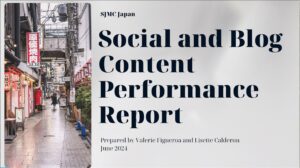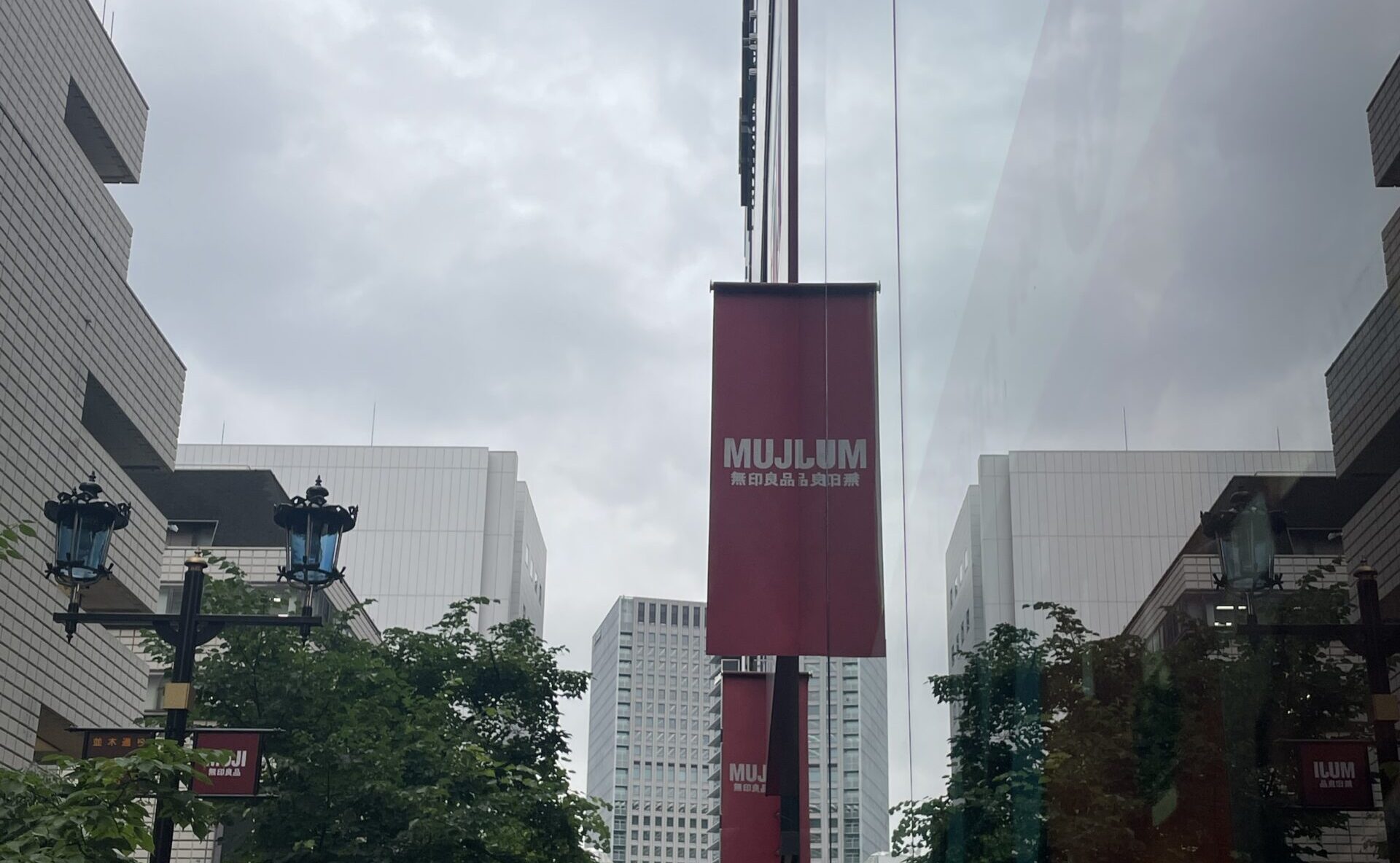
To most Americans, MUJI is just another stationery company, but its flagship stores are so much more than that. The MUJI Ginza flagship store in Tokyo has five floors of products, a restaurant and an art gallery to explore.
Anyone familiar with MUJI knows about their simplistic style, both in their products and marketing. The name is actually a joke derived from the characters in its Japanese spelling, 無印良品. The literal translation is “Mujirushi Ryōhin,” or “brandless quality goods.” The first two characters, 無 (mu) and 印 (jirushi), mean “without” and “brand” respectively, so MUJI is just short for “brandless.”
First floor
Visitors are greeted with vibrant fresh fruits and vegetables to their right, and a bakery on their left. Containers filled with food occupy almost all of the wall space on this floor. They’re housed in a medium-tone wood shelf and cover the walls they’re on from the floor to the ceiling. The height makes the space feel luxurious, but the warm wood keeps the space welcoming.
Pre-made meals only cost a few bucks; for example, their handmade pad thai kit costs just under $5 and has two servings worth of ingredients.
Founded in 1980, MUJI had the goal of making inexpensive but high quality goods, and they’ve certainly succeeded. MUJI goods are accessible to most everyone and are truly fantastic quality.
Second floor
The escalator leads visitors to a world of men’s and women’s basic clothing. MUJI’s overall color palette consists of black, white, some grays, navy and the occasional muted earth tone.
They have an assortment of wardrobe basics– like short and long sleeved t-shirts, dresses, athletic clothing and pants – in different styles to accommodate anyone’s desires.
Women’s shoes are tucked away in the back corner. They have sneakers, sandals, and even some more formal shoes, all priced fairly between $10 to $50 USD. Each pair comes with supportive insoles, so they’re good for walking around the city.
Third floor
If travelers need new packing cubes or TSA-approved containers, the third floor is where it’s at. MUJI’s frosted plastic bottles come in a few different sizes, and they make different caps for whichever type of dispensing is necessary: spray bottle, pump or just a regular lid. The bottles are just a few bucks and are great quality. They also have small shower accessories that many Tokyo hotels don’t provide.
There’s a large chest of drawers between pajamas and skincare that has basic makeup items – most of which are already in travel friendly containers.
Their stationary section is located toward the back of this floor near self-check registers. They have all of their usual ballpoint pens (the clickable and the capped ones) as well as some ink cartridges and empty pens. This makes for a great gift because of its customizability. The ink refills also allow customers keep their existing pens and simply swap the ink when it runs out, thus reducing plastic waste.
Final floors
With baby clothes and books, plant accessories, an area to sit, a coffee machine and cleaning supplies, the fourth floor is better suited for people staying in Japan for longer periods of time.
On the fifth floor, they offer custom embroidery and interior design consultation services, both of which are done by MUJI and not a third-party company.
The sixth floor is an art gallery that is mainly meant for browsing, not necessarily shopping.
Main takeaway
The MUJI flagship store is a great place for short and long-term stays in Japan, and their upgraded basic items have a lot to offer to everyone. American stationery lovers should look into MUJI more and see how much they actually do and offer.

